The Art and Science Behind Essential Oil Extraction

Have you ever stopped to wonder how that lovely scent from your favorite essential oil bottle came to be? It's not just magic; it's a mix of tradition, science, and innovation. Dive with us into the world of essential oil extraction to discover its mesmerizing methods.
Steam Distillation: An Age-Old Technique
Imagine a technique so timeless that our ancestors used it, and we continue to rely on it today. Steam distillation is that classic method which is predominantly used for flowers and herbs. The process involves introducing steam to the plant material placed inside a chamber. As the temperature rises, the essential oils vaporize and are later condensed back to their liquid form. Thanks to the wonders of science, oil and water don't mix, making it easy to separate the aromatic essence.
Cold Pressing: A Citrus Affair
Picture squeezing a juicy orange and capturing its zest in a bottle. Cold pressing, primarily used for citrus fruits like oranges, lemons, and limes, achieves just that. Modern machinery has refined the process, where the fruit peels are pierced and spun while immense pressure extracts their aromatic oils.
CO2 Extraction: The Delicate Touch
For those delicate plants that wither with heat or pressure, we turn to CO2 extraction. Before this innovation, solvents were used, resulting in absolutes, which might carry trace amounts of the solvent. Thanks to CO2 extraction, we can harness the gentle essence of these plants without any leftover residues. Here's how it works: carbon dioxide is pressurized to a state where it's neither fully gas nor liquid. Post extraction, as the pressure drops, CO2 harmlessly evaporates, leaving behind pure essential oil.
Infusions, Tinctures, and Isolates: A Glossary of Techniques
-
Infusion: Think of this as a gentle blend. An essential oil is combined with a carrier oil, ensuring safe application on the skin without any harsh reactions.
-
Tincture: This method involves the immersion of plant material in alcohol, resulting in a compound that's occasionally ingested. It's a less conventional approach for essential oils.
-
Isolate: An intriguing process where a specific compound from the essential oil is singled out. Once isolated, this compound can be integrated into various products, offering a more tailored experience.
Wrapping Up the Scented Journey
From ancient distillation techniques to modern carbon dioxide methods, the objective remains consistent: to bottle the essence of nature's offerings while retaining their aromatic allure. The world of essential oil extraction is vast, ever-evolving, and deeply fascinating. The next time you take a whiff of your favorite oil, you'll appreciate the art and science that brought it to your senses.


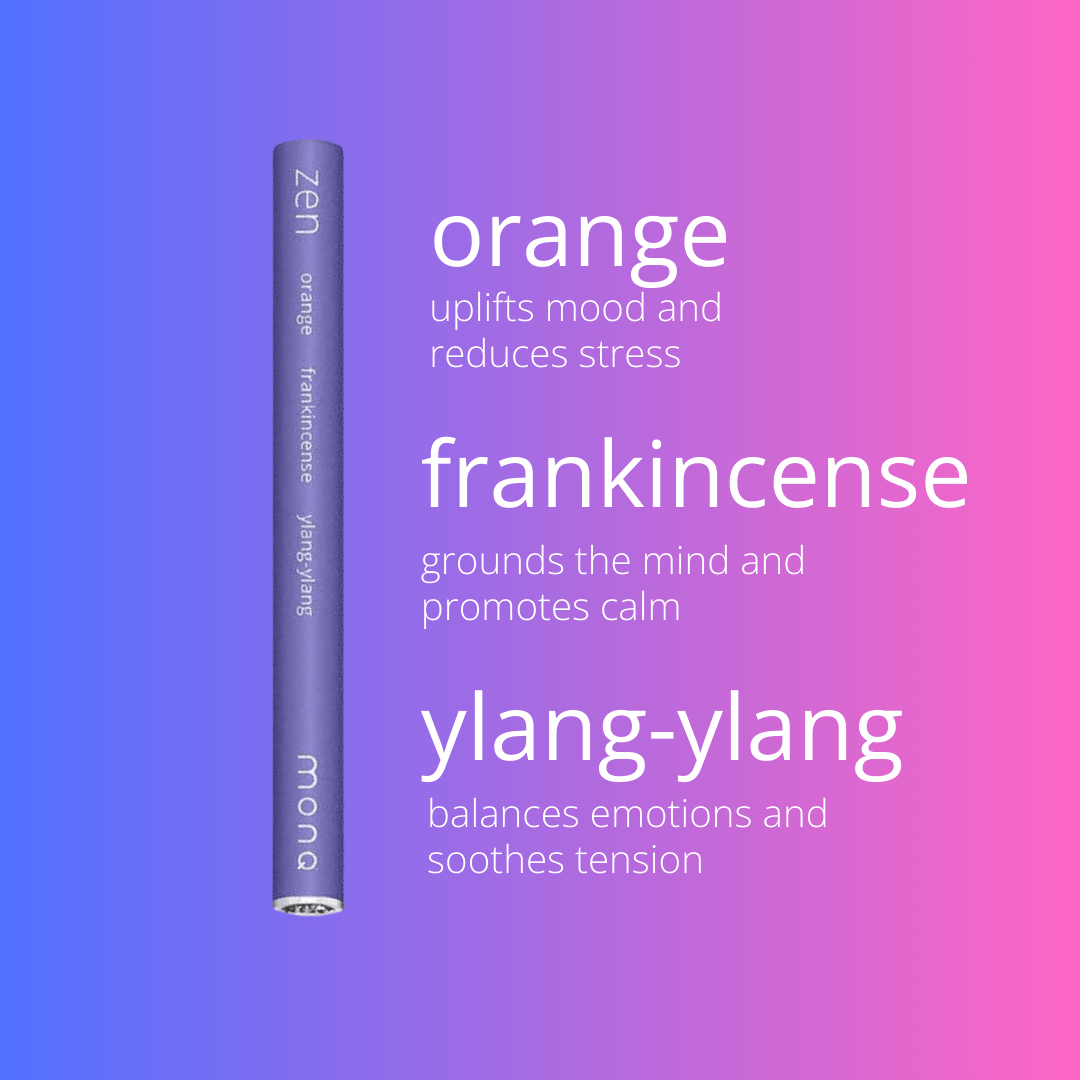
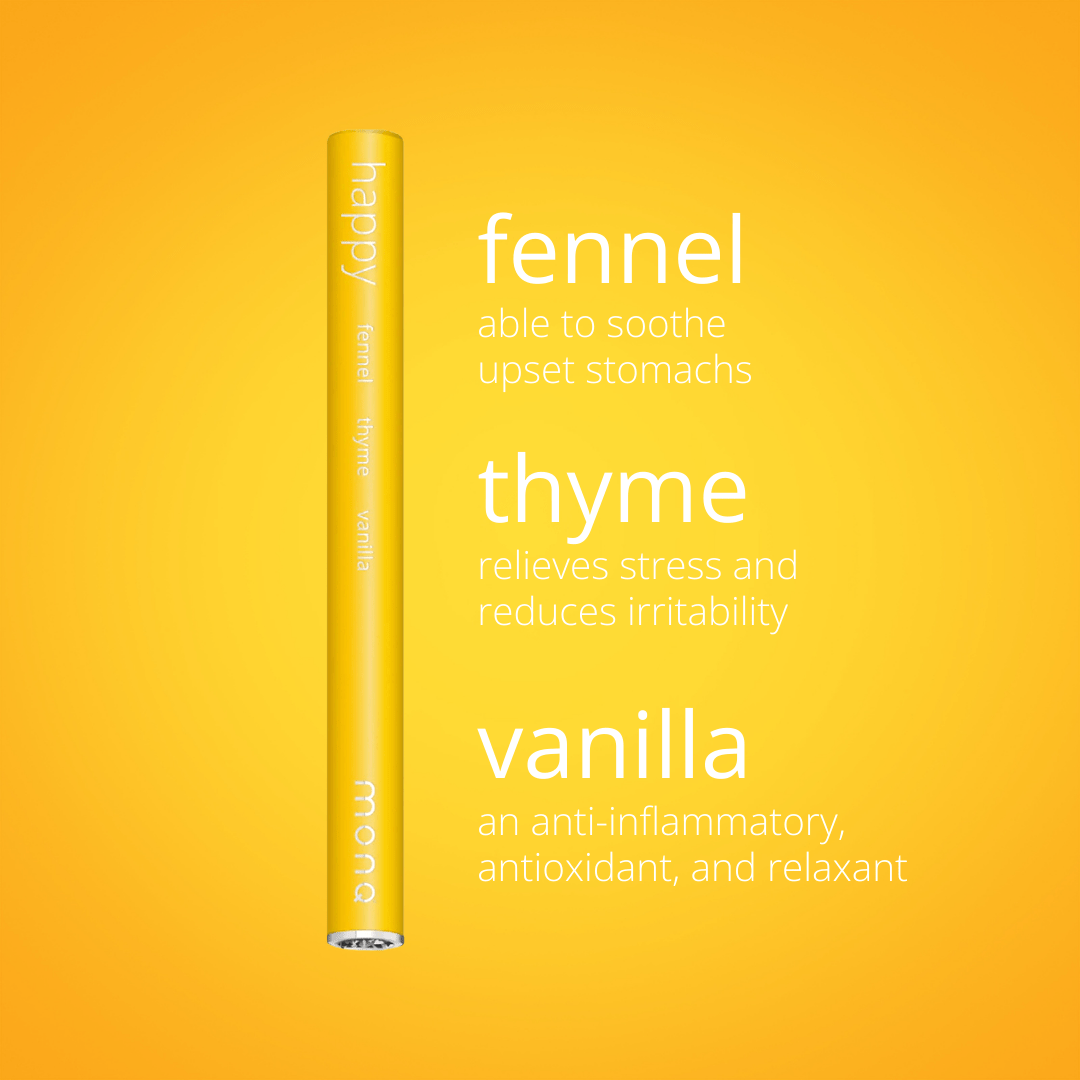
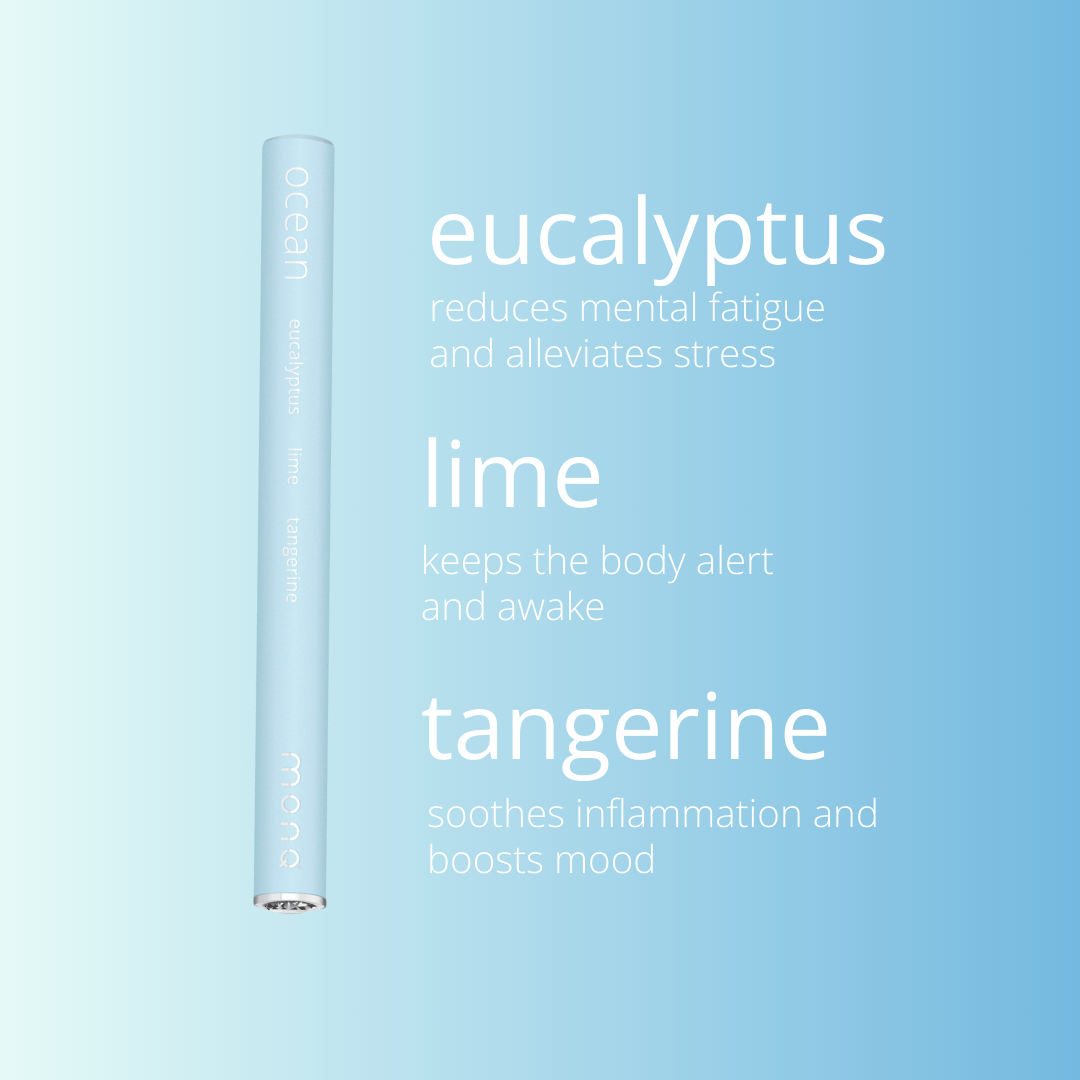
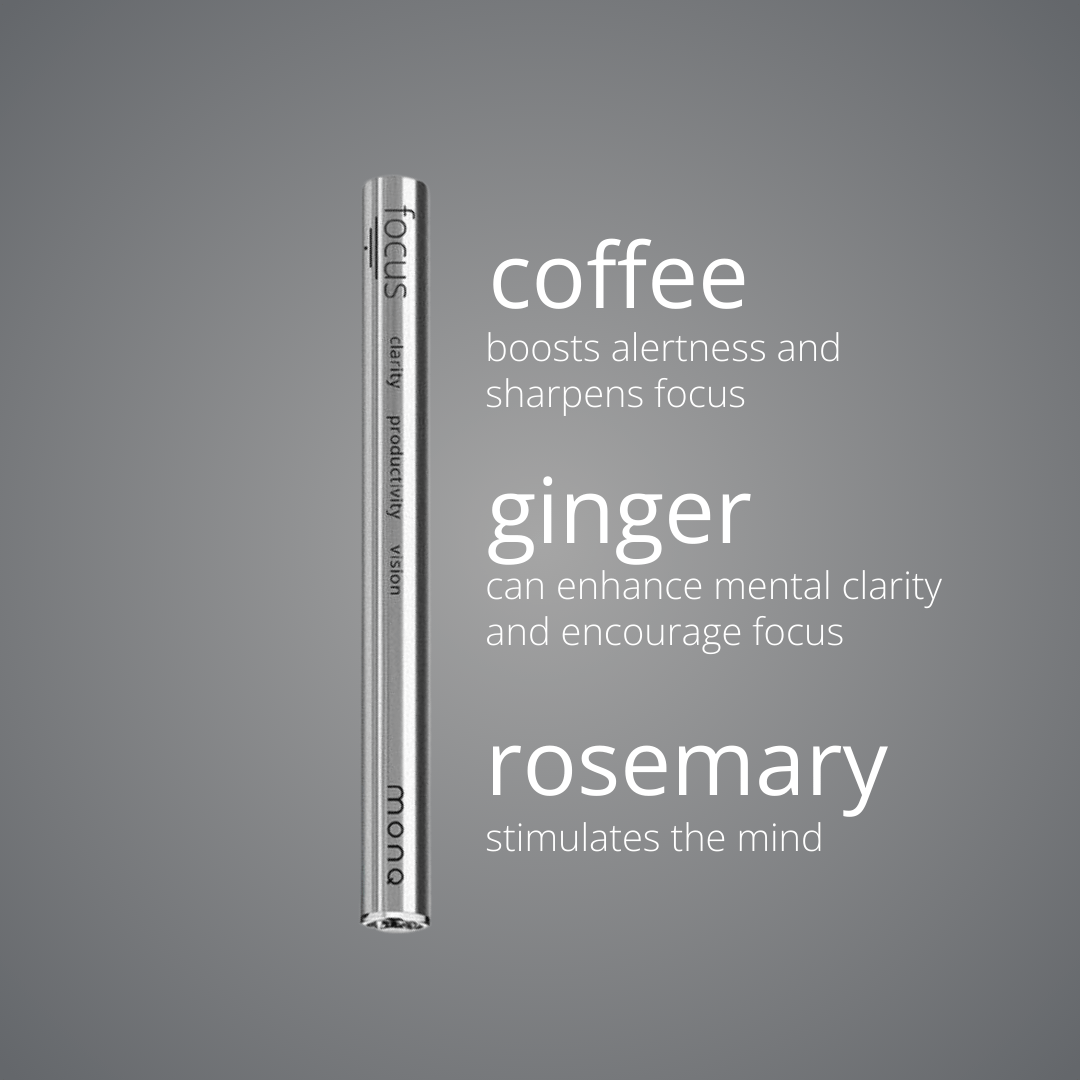
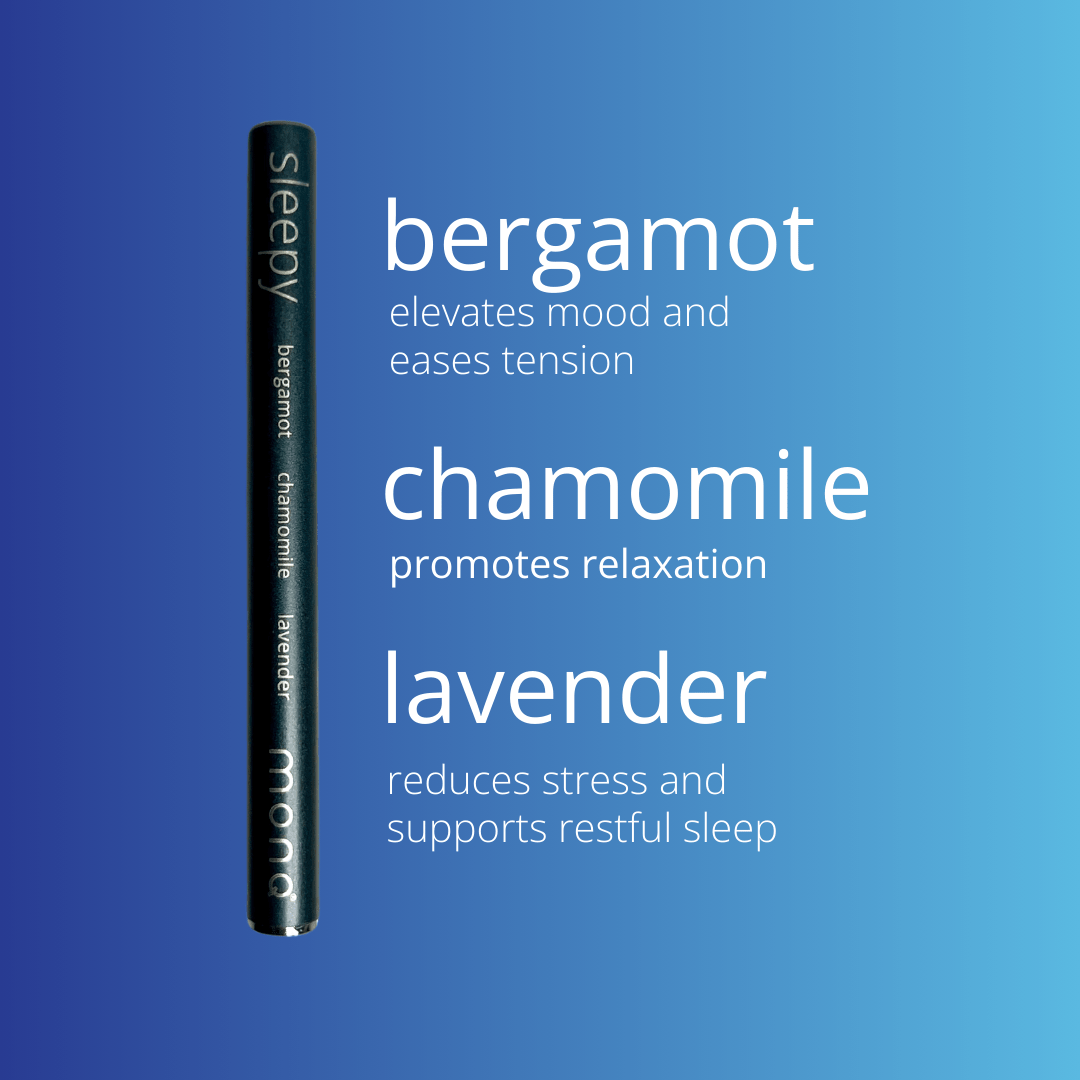

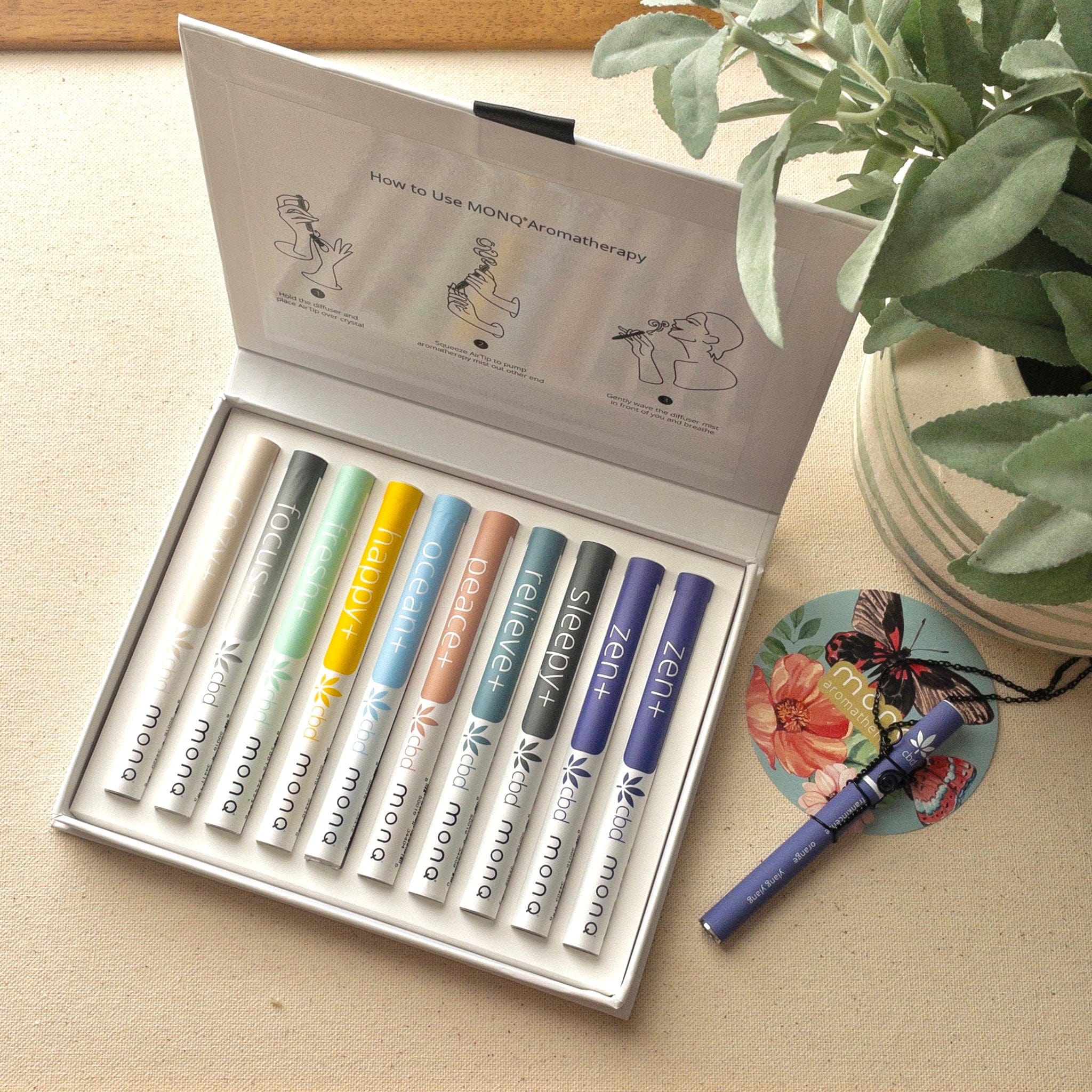
Leave a comment